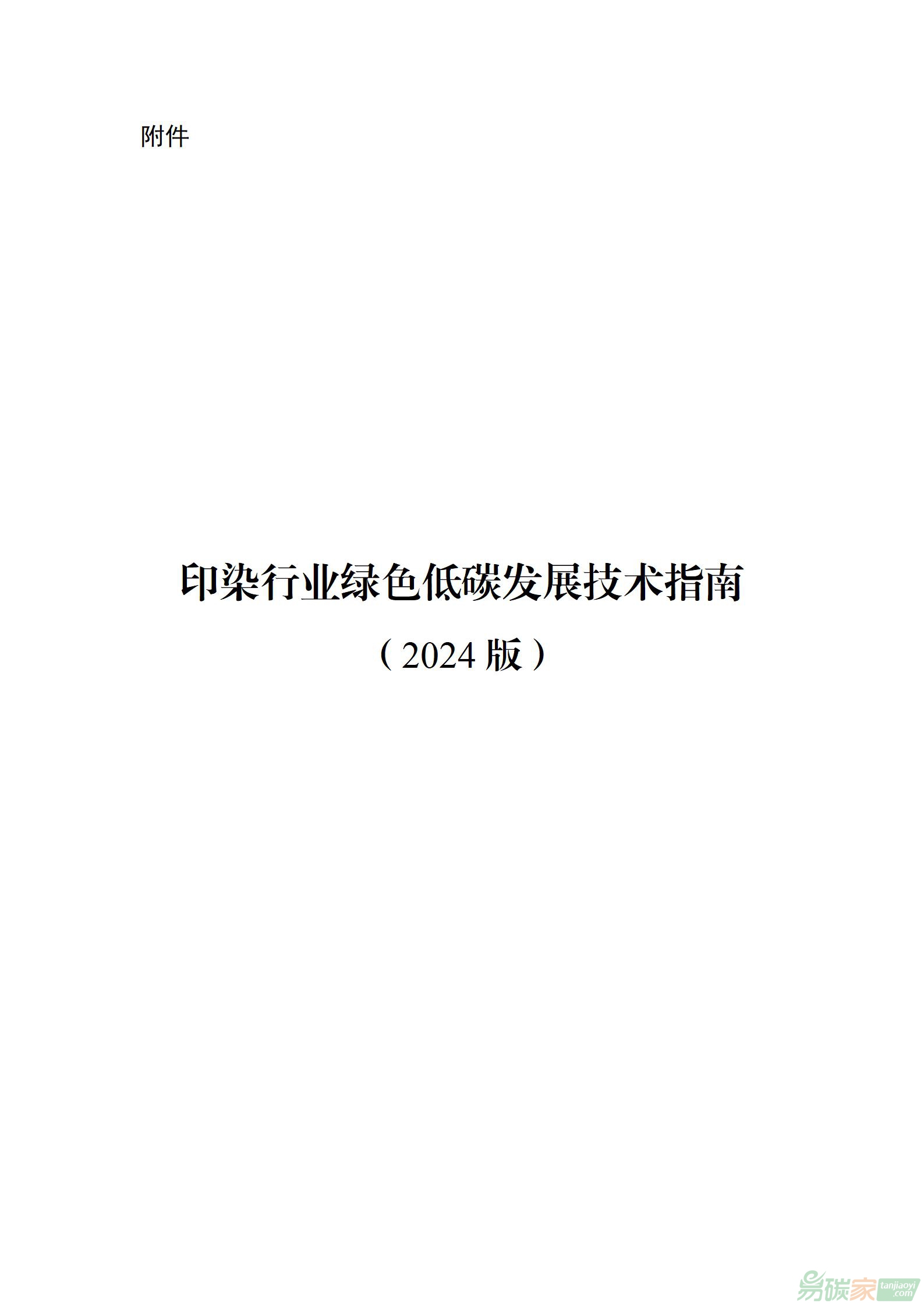近期比爾蓋茨發(fā)文闡述,
電力不穩(wěn)定造成了許多的隱性成本,這樣的停電情況不是僅僅造成了不便,而是可能要人命。我們可以通過開發(fā)讓生產(chǎn)、儲存和
運輸清潔能源變得更便宜的方法,同時解決能源貧困和氣候變化兩個
問題。
下面是文章內(nèi)容:
回想一下你上次經(jīng)歷停電的時候。那或許不是一段美好的回憶——也許包括在黑暗中無所事事地度過整個夜晚,或者在沒有空調(diào)的情況下度過炎熱的一天。如果停電很長一段時間,連你冰箱里的食物都可能開始變質(zhì)。你家的電力供應(yīng)可能在幾分鐘或幾小時內(nèi)就恢復(fù)了。但全球有近10億人用不上電,或由于電力不穩(wěn)定而無法指望用上電。對于他們來說,一次停電可能會持續(xù)數(shù)天,甚至數(shù)周。這樣的停電情況不是僅僅造成了不便,而是可能要人命。
許多沒有可靠電力供應(yīng)的人居住在農(nóng)村,那里甚至連診所都不能指望有電力供應(yīng)。停電后,醫(yī)生有時無法判斷冰箱里的疫苗是否已經(jīng)變質(zhì)。如果停電發(fā)生在晚上,壓力甚至?xí)蟆S袝r,衛(wèi)生工作者別無選擇,只能用燭光或手機照明來治療病人。當家里沒有電時,連給手機充電都很困難。人們需要步行到當?shù)氐纳痰辏ㄙM至少25美分才能把手機插入太陽能插座。這項費用能迅速累積——事實上,使用充電站要比在家給手機充電昂貴數(shù)百倍。但是那些家里沒電的人別無他法。手機能夠使家庭獲取改善生活的服務(wù)和商業(yè)機會,因此許多人會為了使用手機而傾其所有。對于生活在能源貧困中的近10億人來說,這些隱性的花費每天都在發(fā)生。因此,幫助世界上的貧困人口擺脫貧困的重點之一,就是增加電力覆蓋。好消息是,自2016年起,沒有可靠電力供應(yīng)的人口數(shù)減少了2億多。也就是說,又有兩億人可以在日落之后學(xué)習(xí)、使用電子設(shè)備,以及在家里給手機充電。與此同時,增加能源消耗意味著增加溫室氣體排放量。煤炭和天然氣等發(fā)電方式會產(chǎn)生二氧化碳,所以除非我們對能源生產(chǎn)過程進行脫碳處理,否則隨著能源消耗的增加,排放量將繼續(xù)增加,氣候變化將變得更加嚴重。問題是,最常見的排放量較低的技術(shù)——風(fēng)能和太陽能——僅在刮風(fēng)或陽光明媚時才能夠使用。此外,電池既不便宜,又不能持久供電,不足以讓這兩種能源成為貧困農(nóng)村社區(qū)的現(xiàn)實性解決方案。于是他們只好倚賴更便宜的能源(多數(shù)為化石燃料),增加了大氣中的碳含量。即使能源使用有小幅上升,世界上最貧窮人口造成的排放量在全球總額中的占比也相當有限。如果我們要阻止氣候變化,第三層和第四層國家將需要做出最大的變革。但我相信,我們可以通過開發(fā)讓生產(chǎn)、儲存和運輸清潔能源變得更便宜的方法,同時解決能源貧困和氣候變化兩個問題。我不久前寫過幾個很有前景的創(chuàng)新解決方案。我樂觀地相信,能源技術(shù)的創(chuàng)新將幫助我們改善最貧困人口的生活,同時為我們邁向零碳未來鋪平道路。
The hidden costs of unreliable electricityThink back to the last time you experienced a power outage. It probably wasn't a great memory. Maybe it involved spending the evening in the dark without anything to do or spending a hot day without air conditioning. If the power was out for a long time, maybe even the food in your fridge began to spoil.
Your power probably came back within a couple minutes or hours. But for the nearly 1 billion people around the world who don't have access to electricity-or whose access is so unreliable that they can never count on having power-an outage can go on for days or even weeks. And these outages are more than just an inconvenience. They can be deadly.
Many people without reliable access to electricity live in rural villages where even health clinics can't count on having power. After an outage, doctors sometimes have no way of telling whether the life-saving vaccines in their refrigerators have spoiled. It can be even more stressful if a power outage occurs at night. Sometimes health workers have no choice but to treat patients by candlelight, or by the light of a mobile phone.
Even recharging a mobile phone is tricky when there isn't electricity at home. It requires walking to a local store and paying 25 cents or more to plug the phone into a solar-powered outlet. That cost adds up fast. It's actually hundreds of times more expensive to use charging stations than it is to charge a phone at home. But those without electricity don't have an alternative. Mobile phones enable families to access services and business opportunities that improve their lives, so many pay whatever they have to in order to use their phones.
These hidden expenses are a daily reality for the nearly 1 billion people who live in energy poverty. That's one reason why increasing access to electricity is critical to lifting the world's poor out of poverty. The good news is that, since 2016, the number of people living without reliable electricity has dropped by more than 200 million. That's two hundred million more people who can now study after sundown, use electronic appliances, and charge their phones at home.
At the same time, increased energy consumption means increased greenhouse gas emissions. Methods of generating electricity like coal and natural gas generate carbon dioxide, so unless we decarbonize the way we produce energy, emissions will continue to increase-and climate change will get worse-as energy consumption goes up.
The problem is that the most common technologies that produce less emissions-wind and solar-are only available when the wind is blowing or the sun is shining. And batteries aren't cheap or long-lasting enough to make either one a realistic solution for poor rural communities. So they have to rely on cheaper energy sources-mostly fossil fuels-that add carbon to the atmosphere.
Even with this uptick in energy usage, the world's poorest are responsible for a pretty modest share of the world's emissions. If we're going to stop climate change, the biggest changes will need to come from level 3 and 4 countries. But I believe we can tackle energy poverty and climate change at the same time by developing ways to make clean energy cheaper to produce, store, and transport. I recently wrote about several promising new solutions. I'm hopeful that innovations in energy technology will help us improve the lives of the poorest while paving the way to a zero-carbon future.
